20 Restaurant Chains From The Past That Had The Weirdest Gimmicks
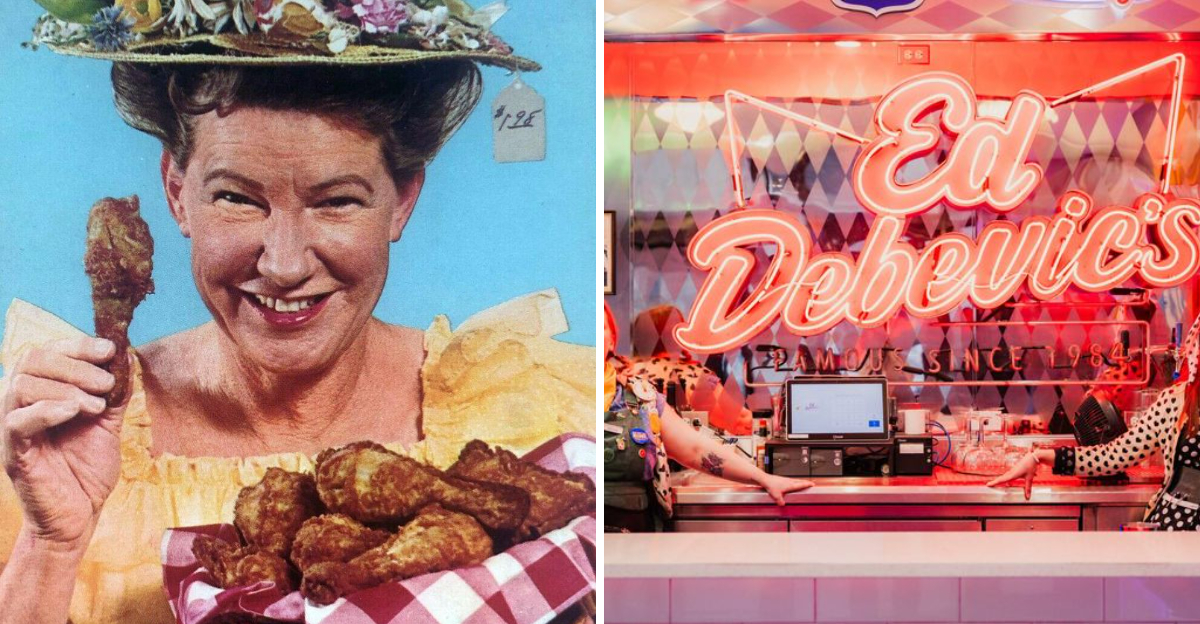
Here are 20 restaurant chains from the past that stood out—not necessarily for their food, but for the bizarre, bold, or just plain unforgettable gimmicks that defined their identities. While many are no longer around, their unusual approaches still spark curiosity (and nostalgia).
1. Minnie Pearl’s Chicken

Minnie Pearl’s Chicken tried to capitalize on the fame of the beloved country singer Minnie Pearl in the 1960s. Opening with much fanfare, it positioned itself as a rival to KFC. However, the chain struggled with inconsistent recipes and operations. With no standout menu items, it relied solely on the celebrity name to draw customers.
Despite the catchy branding, the lack of culinary uniqueness led to its downfall. The name alone couldn’t sustain the business, and it quickly faded into obscurity. A fascinating, albeit failed, chapter in fast-food history.
2. Casa Bonita
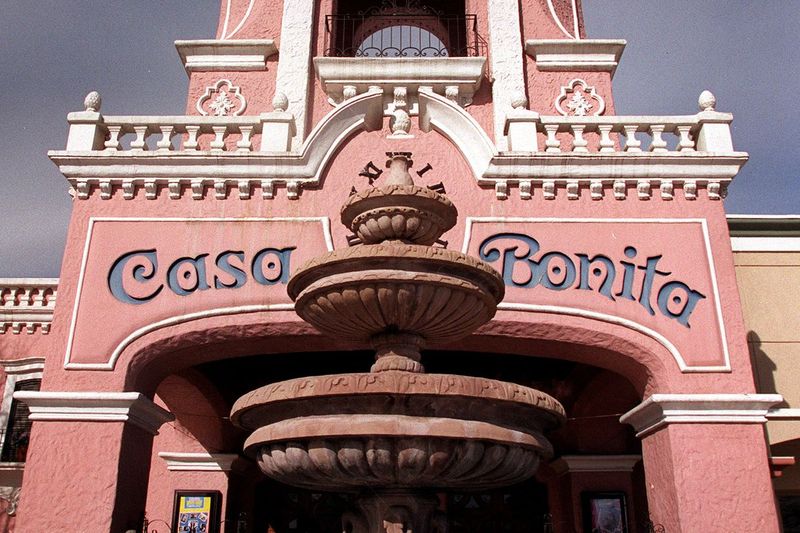
With its blend of Mexican cuisine and theme park flair, Casa Bonita was an experience like no other. Known for indoor cliff divers, puppet shows, and winding caves, it was more a spectacle than a culinary destination. The food, though secondary, didn’t hinder its legendary status.
Originating in the 1970s, the ambiance was immersive and whimsical, capturing the imagination of guests. Despite its unique entertainment offerings, the focus on spectacle over food quality eventually caught up, leading to its closure. Casa Bonita remains a nostalgic memory for those who visited.
3. Automat (Horn & Hardart)

The Automat by Horn & Hardart was a marvel of its time, revolutionizing dining in the early 1900s. Patrons inserted coins into a wall of small glass compartments to retrieve their meals, blending novelty with efficiency. This innovative approach fascinated urbanites who craved quick, accessible meals.
As the concept spread, Automats became cultural icons. However, the rise of fast-food chains overshadowed the once-revolutionary idea. The Automat’s allure diminished, but its legacy as a pioneer in dining automation remains impactful.
4. Beefsteak Charlie’s
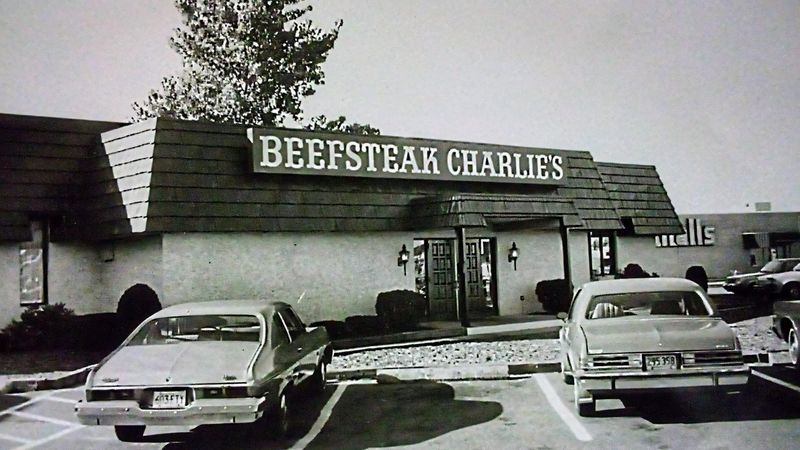
Beefsteak Charlie’s promised patrons, “I’ll feed you like there’s no tomorrow,” and it delivered. Known for its over-the-top generosity, it offered unlimited salad, shrimp, and drinks—sometimes even alcohol. The concept attracted those seeking value over culinary finesse.
In the 1980s, Beefsteak Charlie’s became a cultural staple, embodying excess and abundance. However, the unsustainable business model, prioritizing volume over profitability, eventually led to its demise. The chain remains a nostalgic symbol of an era of opulence in dining.
5. Ed Debevic’s
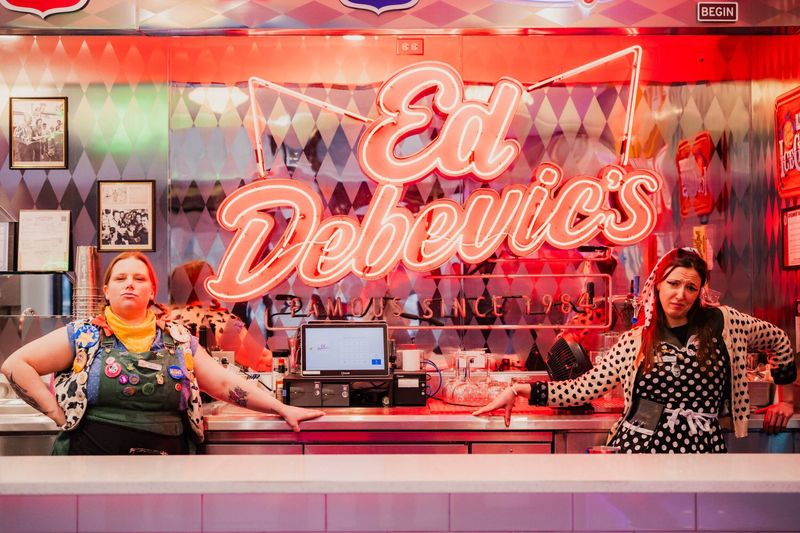
Ed Debevic’s took dining to an eccentric level with its intentionally rude and sassy waitstaff. This quirky approach made the service as entertaining as the meal, attracting diners seeking a unique experience. The vintage diner ambiance complemented the theatrical interactions.
Originating in Chicago, Ed Debevic’s became a local legend, offering a blend of nostalgia and humor. While the food was standard fare, the lively, irreverent atmosphere captivated patrons. Its playful service style ensured it was more than just a meal—it was a memorable performance.
6. Royal Fork Buffet
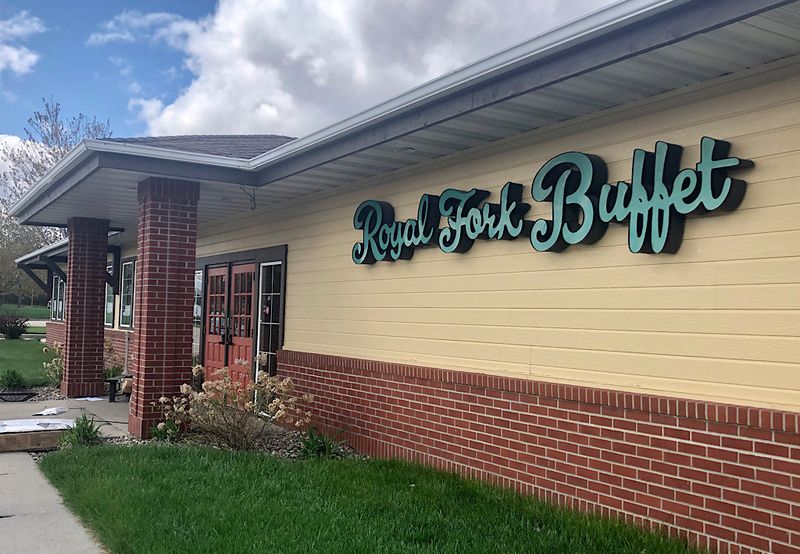
Royal Fork Buffet embraced the “eat like royalty” theme, offering massive, all-you-can-eat meals. With its vaguely regal decor and generous portions, it catered to those desiring quantity over quality. The chain’s allure lay in providing a royal quantity of average food at a reasonable price.
Founded in the 1970s, it became a go-to for family gatherings and casual dining. However, the formula of abundance without culinary refinement couldn’t hold against rising competition. Royal Fork’s reign ended, but it remains a fond memory for buffet enthusiasts.
7. Jekyll & Hyde Club
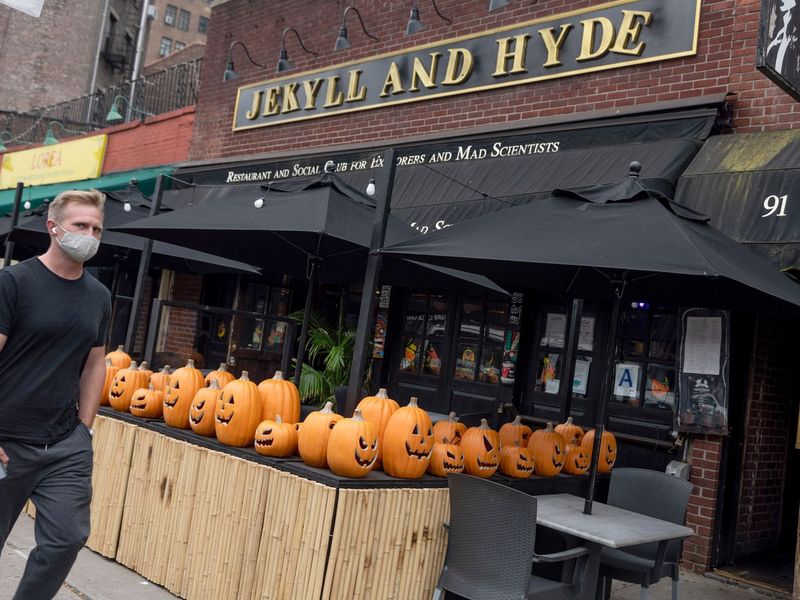
The Jekyll & Hyde Club in New York City offered a dining experience where horror came alive. With actors roaming in costume among diners, the restaurant exuded a spooky, theatrical atmosphere. The interactive environment often overshadowed the food, making it a hit among thrill-seekers.
Part of its allure was the unexpected scares and eerie decor, reminiscent of classic horror stories. Though it eventually closed, the Jekyll & Hyde Club left a legacy of themed dining that blended entertainment with every meal.
8. Bugaboo Creek Steakhouse
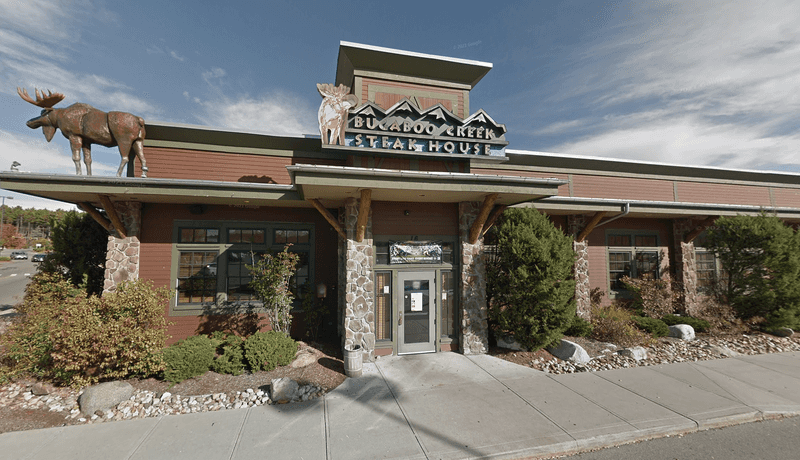
Bugaboo Creek Steakhouse brought a slice of Canadian wilderness to diners, complete with animatronic talking animals. The rustic decor, featuring moose and buffalo chatting with guests, created a whimsical dining environment.
Families flocked to Bugaboo Creek for the playful interaction and hearty meals. Despite its charm, changing dining trends and competition led to its closure. The chain is remembered for its unique blend of storytelling and dining, offering an escape into a themed wilderness that captured the imagination.
9. Mars 2112

Mars 2112 in Times Square promised an intergalactic adventure. Diners embarked on a simulated space ride before landing in a cosmic-themed dining area. The futuristic environment was designed to transport guests to another world.
Despite its ambitious concept, the restaurant struggled with high operating costs and inconsistent food quality. Its novelty attracted curious patrons, but it couldn’t sustain long-term success. Mars 2112 remains a memorable attempt at bringing space exploration to the dining experience, a testament to its imaginative ambition.
10. Rainforest Cafe

Rainforest Cafe offers an immersive experience, blending dining with the ambiance of a jungle. Animatronic animals and occasional thunderstorms create an atmospheric setting, making each meal feel like an adventure.
Though primarily a tourist attraction, its engaging environment appeals to families and children. While the food plays second fiddle to the theme, the experience is what draws visitors. Rainforest Cafe’s legacy lies in its ability to transport diners to a vivid rainforest, where the line between restaurant and theme park blurs.
11. Po’ Folks

Po’ Folks embraced a unique Southern charm, themed around old-timey poverty. Known for serving dishes in Mason jars, it aimed to deliver a “down-home” dining experience. The decor reflected rustic simplicity, attracting those nostalgic for simpler times.
The concept was both endearing and controversial, with some critiquing its romanticized portrayal of poverty. Despite mixed reviews, Po’ Folks offered a flavorful taste of Southern tradition before eventually fading. It stands as a curious chapter in themed dining, remembered for its distinctive homage to old Southern culture.
12. Medieval Times
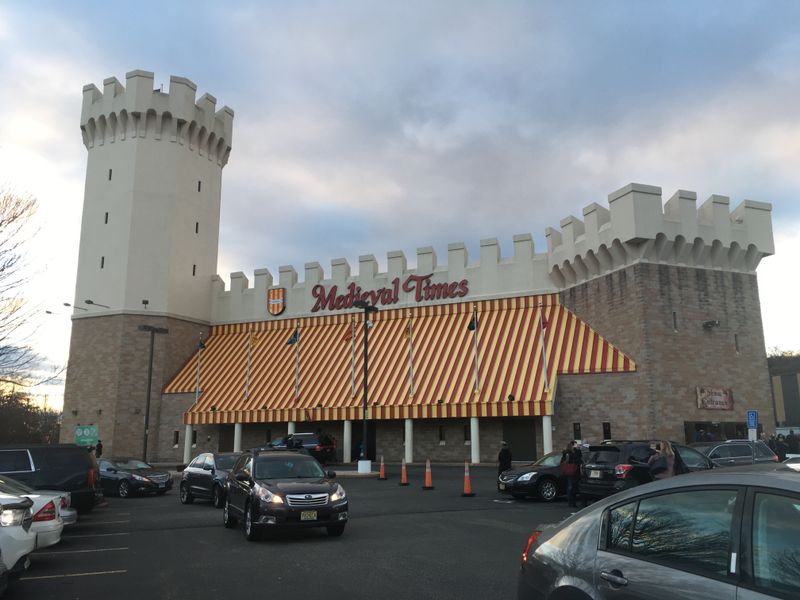
Medieval Times transports guests to an era of knights and chivalry, combining dinner with a live jousting show. Patrons eat with their hands, mimicking medieval feasts. The immersive experience, complete with knights on horseback, captures the imagination of audiences.
Though not focused on gourmet dining, the spectacle keeps guests entertained throughout. Medieval Times remains popular for its unique blend of history and entertainment, offering a taste of the past in a lively, theatrical setting. It continues to draw crowds, a testament to its enduring appeal.
13. Planet Hollywood
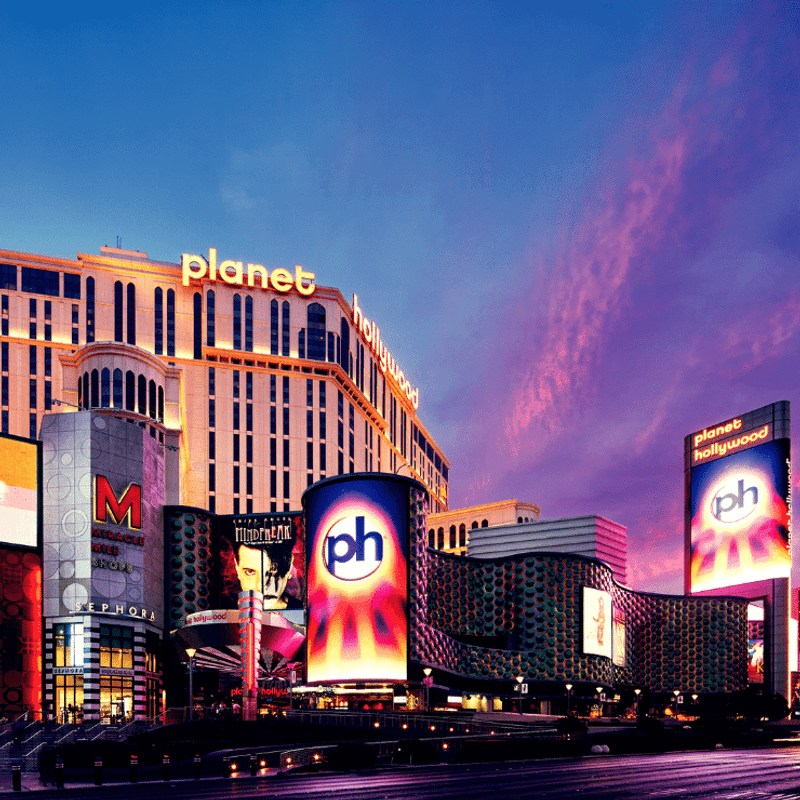
Planet Hollywood capitalized on the allure of celebrity ownership and movie memorabilia. Action stars like Sylvester Stallone and Bruce Willis lent their names to this cinematic-themed restaurant chain. Guests dined surrounded by props and costumes from iconic films.
While the atmosphere was a hit, the food often fell short of expectations. The novelty of dining in a Hollywood-inspired setting attracted tourists, but it struggled to maintain long-term success. Planet Hollywood remains a nostalgic nod to 1990s pop culture and the era of celebrity-driven ventures.
14. Ninja New York

Ninja New York brought stealth and surprise to dining, with servers dressed as ninjas leaping from shadows to serve meals. This hidden, dungeon-like restaurant offered a theatrical twist on the usual dining experience.
The ambiance, filled with secret corners and ninja-themed decor, was as much a part of the meal as the food itself. Despite its novelty, maintaining such a unique concept proved challenging. Ninja New York remains a fascinating chapter in theatrical dining, remembered for its immersive, enigmatic vibe.
15. The Magic Time Machine

The Magic Time Machine thrilled diners with its whimsical staff dressed as pop culture icons, from pirates to superheroes. Each booth offered a unique theme, transporting guests into different worlds. This playful setting turned ordinary meals into extraordinary adventures.
The eclectic decor and lively atmosphere captivated families and nostalgia seekers alike. While the food was standard fare, the experience itself was unforgettable. The Magic Time Machine remains a beloved example of imaginative dining, where creativity and fun are served alongside every meal.
16. The All American Burger
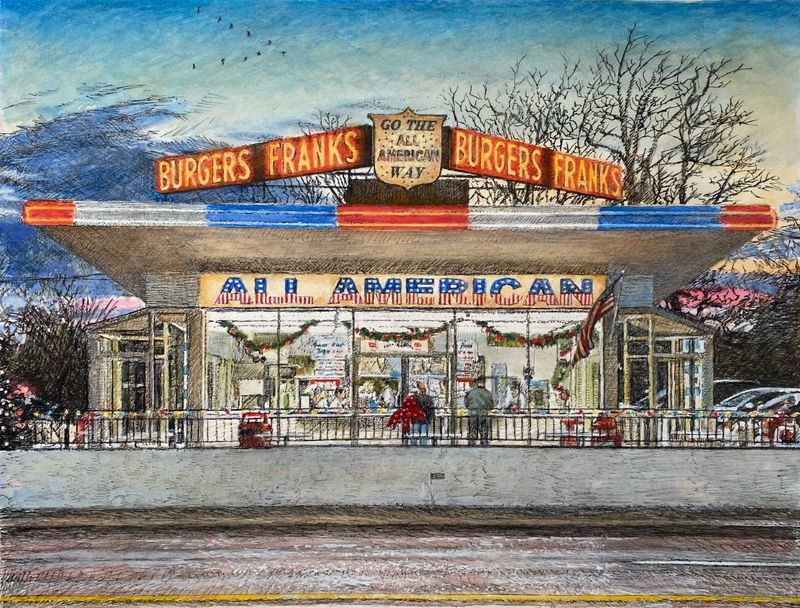
The All American Burger, featured in the film Fast Times at Ridgemont High, epitomized California’s laid-back surf culture. Known for its casual atmosphere and classic American fare, it catered to the teenage lifestyle of the time.
Despite its brief existence, it gained fame through its cinematic appearance. The chain’s relaxed vibe and connection to pop culture left a lasting impression. Though short-lived, The All American Burger is remembered as a symbol of 1980s youth and the carefree spirit of the West Coast.
17. Steak and Ale
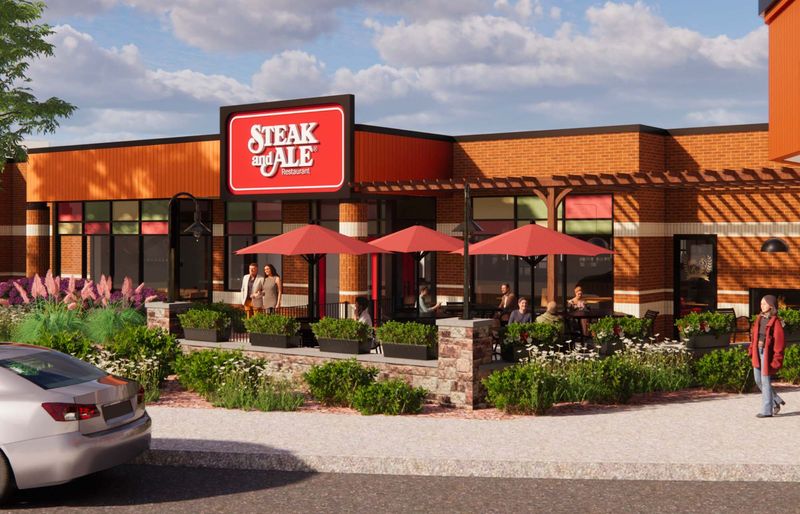
Steak and Ale, popular in the ‘70s and ‘80s, sought to emulate the cozy charm of an English pub. With dark wood interiors and a self-serve salad bar, it offered affordable steak in a warm, inviting setting.
The chain aimed to deliver a touch of elegance without the price tag, making it accessible to many. Despite its popularity, changing dining trends and increased competition led to its decline. Steak and Ale remains a fond memory for those who enjoyed its blend of casual dining and classic ambiance.
18. Tiki Bars (like Trader Vic’s)

Tiki bars, like the renowned Trader Vic’s, thrived mid-century, offering a slice of Polynesian paradise. With bamboo decor, thatched roofs, and flaming drinks, these establishments transported patrons to a tropical escape.
The vibrant atmosphere and exotic cocktails attracted a diverse crowd, embracing the island vibe. While the trend waned, tiki bars left a lasting imprint on cocktail culture. They’re celebrated for their kitschy charm and ability to whisk guests away to an imaginary, sun-kissed retreat, a nostalgic nod to an era of escapist dining.
19. Farrell’s Ice Cream Parlour

Farrell’s Ice Cream Parlour was a jubilant celebration of all things sweet and fun. Known for its boisterous birthday celebrations, complete with sirens and drums, it offered a festive atmosphere where servers paraded giant sundaes through the restaurant.
The retro candy store vibe charmed families and kids alike. Though its popularity dwindled, Farrell’s left an indelible mark on family dining, capturing the joy and excitement of dessert-driven experiences. Its memory endures as a beloved part of many childhoods, synonymous with indulgence and merriment.
20. Chuck E. Cheese (original format)
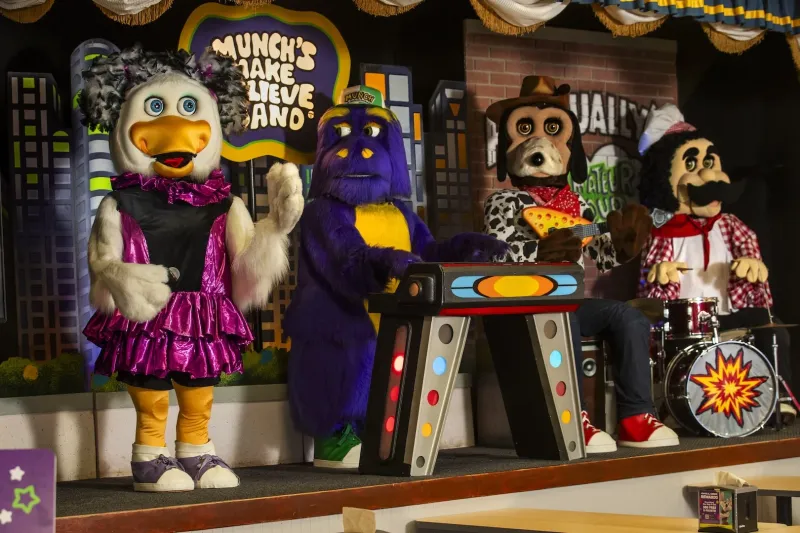
Originally, Chuck E. Cheese was more arcade than eatery, captivating kids with its singing animatronic rodents and energetic atmosphere. The cacophony of games, music, and laughter made it a hub of excitement for children.
Founded by the creator of Atari, its focus was on entertainment, with food taking a back seat. The concept evolved, yet the original format remains a nostalgic memory for those who experienced its chaotic charm. Chuck E. Cheese stands as a testament to the blend of dining and play, a pioneer of family entertainment venues.
